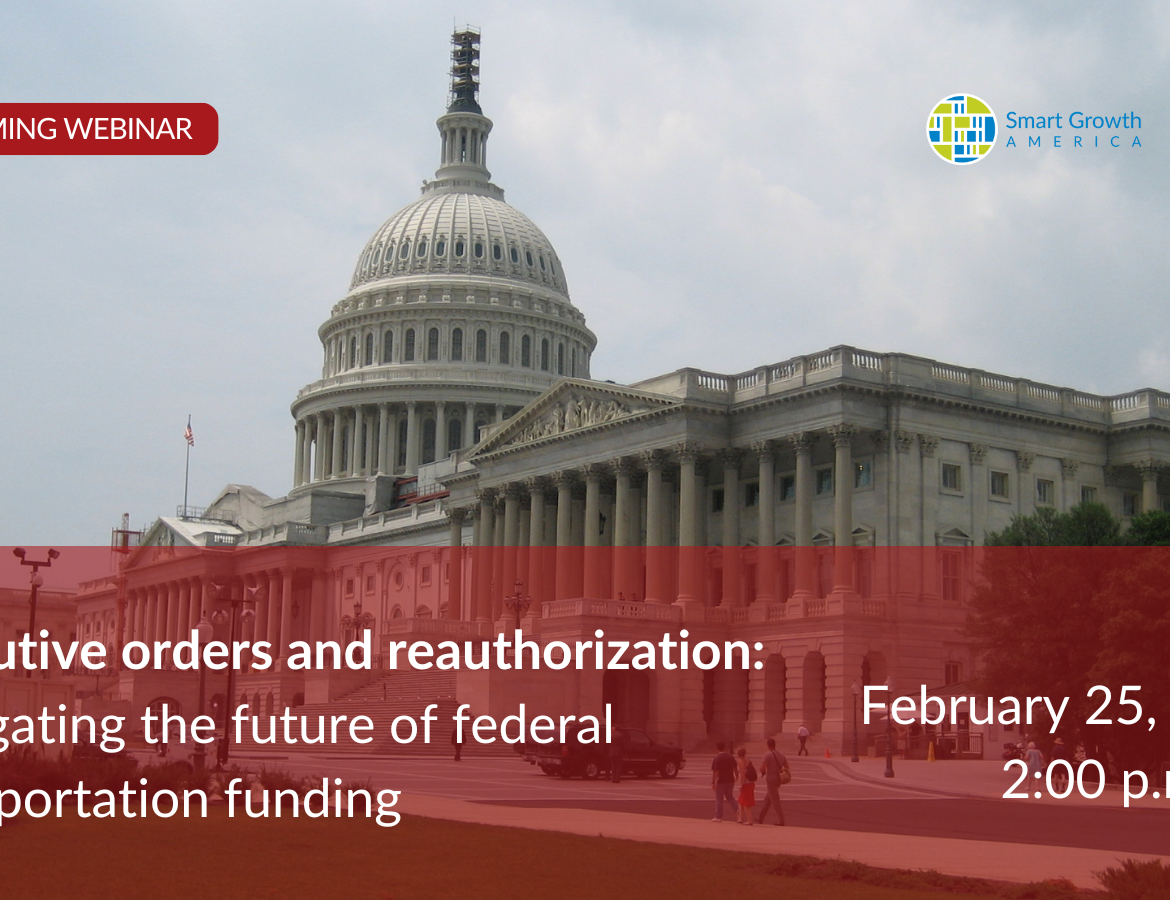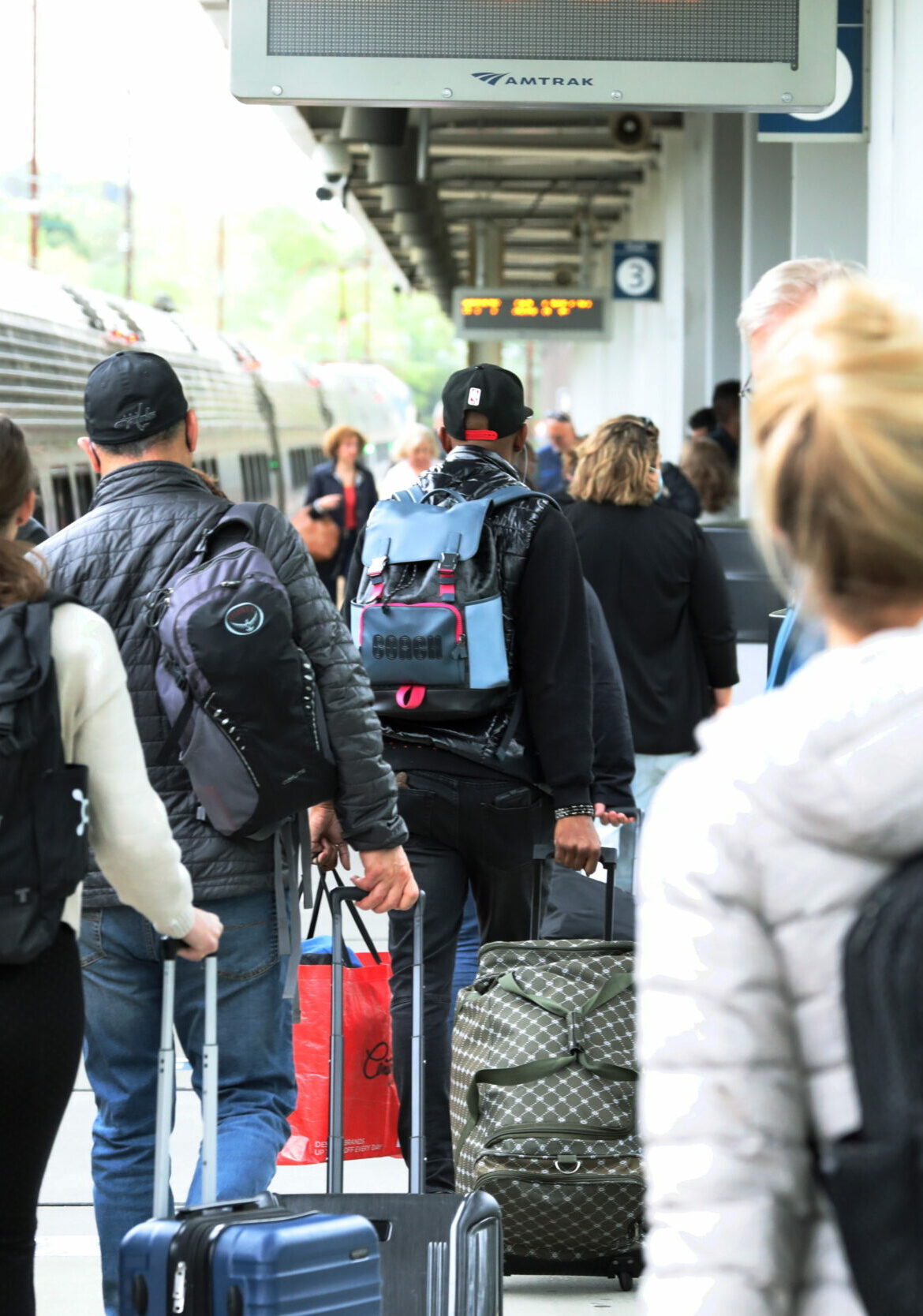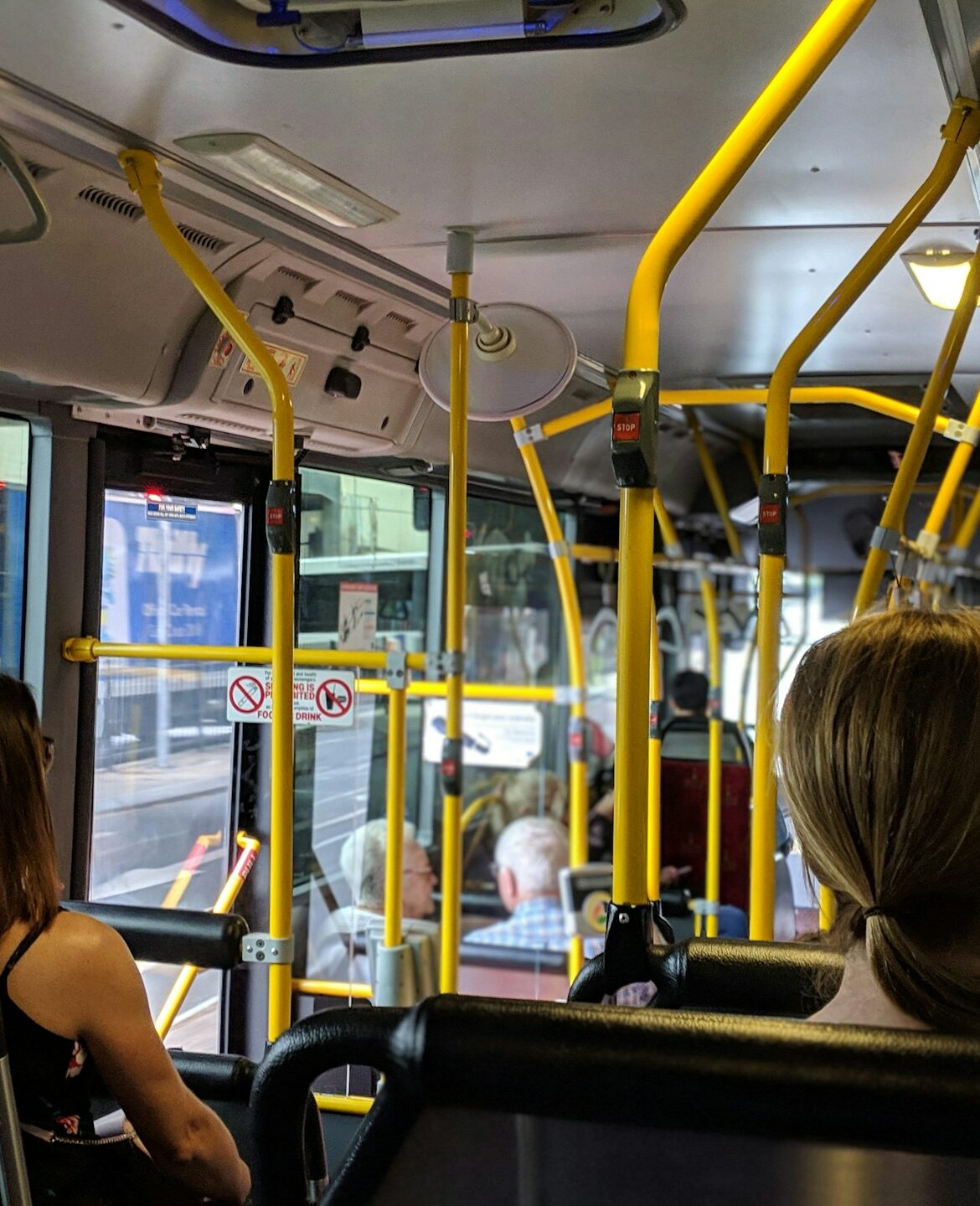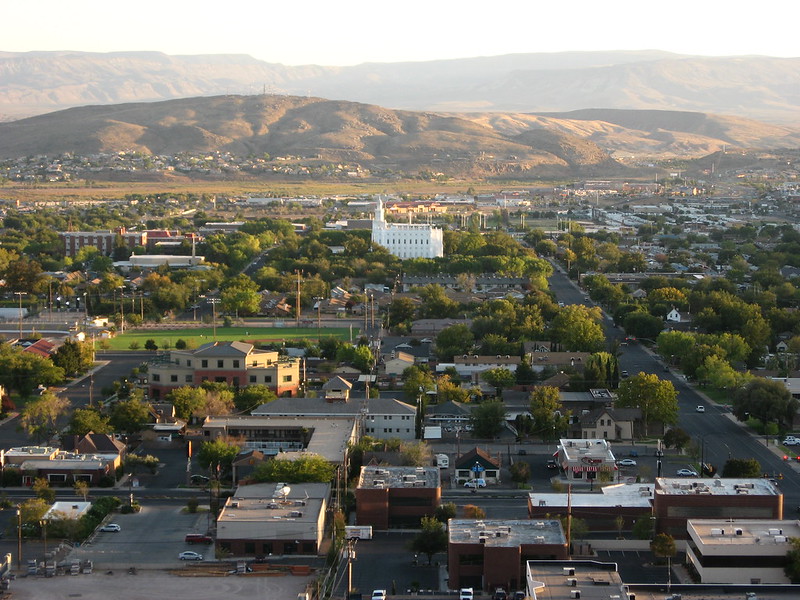Posts Tagged "federal funding"
Three takeaways from T4A’s webinar on Trump’s executive orders

Yesterday, our Director Beth Osborne led a webinar that provided a high-level overview of our Reauthorization 101 resource and analysis of Trump’s recent executive orders and memos. Here are the top three takeaways from the conversation with over 400 attendees. 1. Many are still confused as to what the administration is trying to accomplish During […]
Long Distance Rail Study fails to address the needs of passengers

The Long-Distance Rail Study, released by the Federal Railroad Administration in the twilight hours of the Biden Administration on January 20, 2025, prioritizes lengthy projects that have little chance to succeed instead of shorter-term projects that can deliver service to Americans. It is imperative that Amtrak focus on routes that run daily and not only […]
After spending over $1 trillion, the roads are still crumbling, unsafe, and congested. Does Congress care?

Congress is starting to talk about the next federal transportation bill, due next year. But they seem more concerned with how the money is distributed, to whom and how fast it is being spent rather than what the American people are getting for their tax dollars. With the Infrastructure Investment and Jobs Act (IIJA) sunsetting […]
Webinar: Executive orders and reauthorization—Navigating the future of federal transportation funding

Join us for a webinar on Tuesday, February 25th at 2 p.m. ET to discuss the state of transportation funding, including recent executive orders and the upcoming surface transportation reauthorization. Register to join us! Federal transportation funding is at a crossroads, with executive orders and USDOT directives reshaping priorities and halting projects, not to mention […]
Another hurdle cleared for passenger rail on the Gulf Coast

Today, the Federal Railroad Administration, Amtrak, the Port of Mobile, CSX, and Norfolk Southern (NS) signed a $178 million grant agreement to fund necessary construction between Mobile and New Orleans, an important hurdle for passenger rail service to return to the Gulf Coast.
Fix it first in practice

One of our recently launched principles, fix it first, targets maintenance over expansion, advocating for federal highway dollars to be spent repairing old roads and bridges before expanding or building new ones. So, what would it look like in practice to implement this principle into the federal transportation program, to shift our states’ priorities away from grand openings and toward more resilient transportation infrastructure?
We can’t afford to keep avoiding repair

When decision-makers fail to prioritize basic maintenance and repair, everyday Americans pay the price—in increased costs, increased time on the road, and suffering local economies. We can’t keep wasting taxpayer dollars without a clear plan to maintain what we’ve already built.
Three principles to guide federal transportation spending

It’s time for transportation investments that achieve results for all Americans. For future investments in U.S. infrastructure, Congress should follow three key principles: prioritize safety over speed, fix it first, and invest in the rest.
From excitement to reality: Implementing passenger rail on the Gulf Coast

Federal advocacy and allies were essential to turning local momentum for passenger rail from New Orleans to Mobile—set to reopen this very year—into a regional, and national, success story.
FTA helps deliver more buses for less

The Federal Transit Administration is working hard to ensure that the next rounds of the Low or No Emissions Grant Program and Buses and Bus Facilities Program do the most for riders—and the climate. Here’s how.
It’s nearly impossible to understand how our tax dollars are spent on transportation

T4America used artificial intelligence to find out how states are spending money from the Infrastructure Investment and Jobs Act (IIJA). Two findings are clear: More money alone will still fail to produce change, and it’s far too complicated to figure out where our transportation dollars are going.
Supercharge your community’s quick-build safety demonstration projects with Safe Streets for All

Because of a mistake by Congress in the 2021 infrastructure law, 40 percent of the new $1 billion-per-year Safe Streets for All program must be directed to planning rather than constructing tangible infrastructure projects. A clarification that the planning grants can support quick-build safety demonstration projects presents an enormous opportunity for cities and towns to directly tap the available $400 million and experiment with low-cost temporary street safety projects.
Why we need the Stronger Communities Through Better Transit Act

Representative Hank Johnson (GA-04) reintroduced the Stronger Communities Through Better Transit Act, which would establish a federal funding program for transit operations, providing $20 billion in annual funding over four years ($80 billion) to expand the service of buses and trains. We are joining the National Campaign for Transit Justice, the Transport Workers Union of America (TWU) and the Amalgamated Transit Union (ATU) in support of this bill.
Road feels unsafe? DOT says prove it!

In the United States, where and how traffic deaths occur are painfully predictable. But even with historically high levels of funding available, traffic engineering standards and federal policy combine to create a safety catch-22, ensuring that a transportation agency walking the walk on traffic safety is the exception, not the rule.
Greener Fleets: How federal dollars can supply the demand for clean transit

The Low and No Emission Vehicles (Low No) program saw a big increase in funding in America’s historic infrastructure law, but an outdated and arbitrary requirement is pushing transit agencies toward buses that still pollute. Here’s how Congress and the Federal Transit Administration can avoid locking in emissions for years to come.
A proposed bridge is haunting the Bay Area

The Southern Crossing over the San Francisco Bay, proposed repeatedly over the past 77 years, has been rejected over and over again. Even as Reconnecting Communities funds will help Oakland study repairing the damage resulting from the interstate spur rammed through the heart of Oakland to serve as the eastern approach for this never-built bridge, the Southern Crossing shows how past choices continue to haunt the present—and future.
Once-in-a-generation opportunities in passenger rail—but the time to act is now

T4America works with partners all over the country to develop passenger rail service, and we’re telling them all the same thing: now is the time to act. We’ve never seen this amount of support for passenger rail from Congress and the Federal Railroad Administration, and federal funding is there. But there’s a procedure—with deadlines—to follow. Here’s how to take advantage in the year ahead.
A new program to help communities thrive

For the Biden administration to achieve its goals, all communities will need to be able to take advantage of federal funds. But communities with limited resources face a steeper hurdle to accessing these dollars. The Thriving Communities Program is a small step in the right direction to ensure every community is set up for success.
SMART grants could make transportation smarter, or not

The Strengthening Mobility and Revolutionizing Transportation (SMART) competitive grant program offers communities funds to apply new technologies to solve their transportation challenges. How smart this program ends up being depends on whether it treats the application of new technology as a tactic, or as a goal in and of itself.
The infrastructure law wasn’t perfect, but now it’s reality

Focusing on whether the infrastructure law was “good” or “bad” will fail to shape how its historic cash is spent over the next five years. That’s precisely why T4America is pressing on to enable USDOT, states, metro areas, and local communities to maximize the potential of this flawed legislation.


















